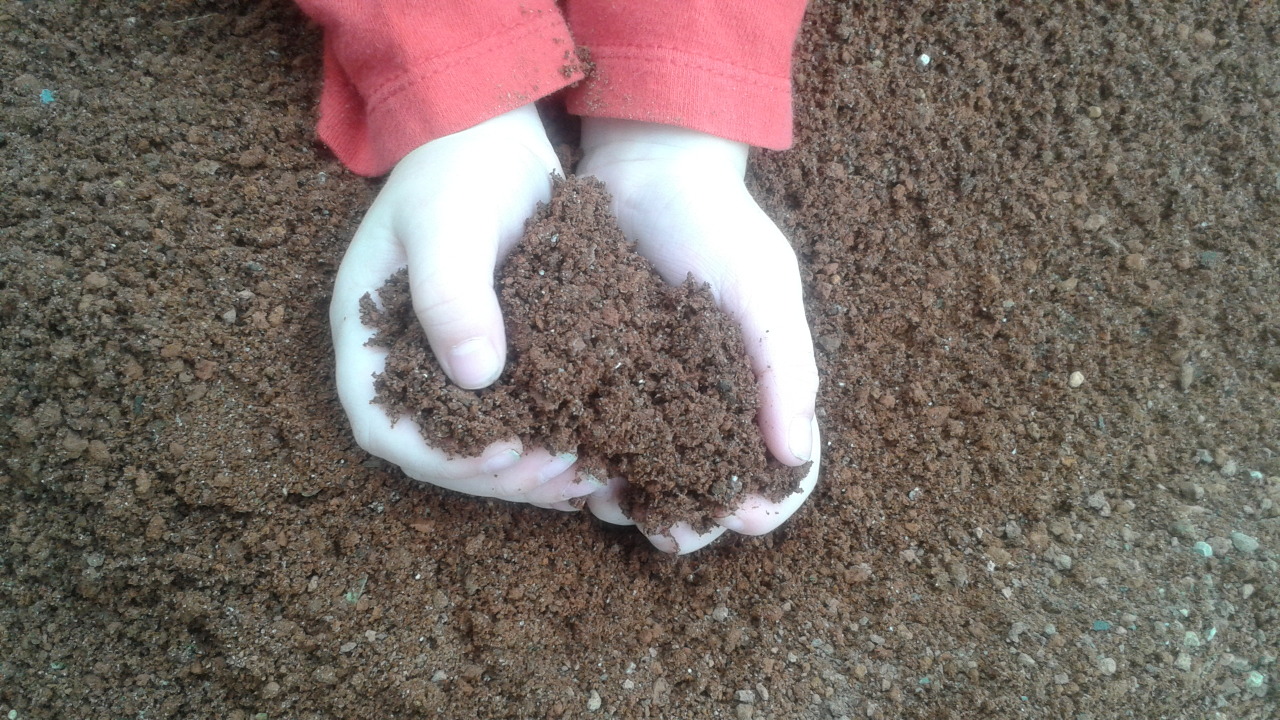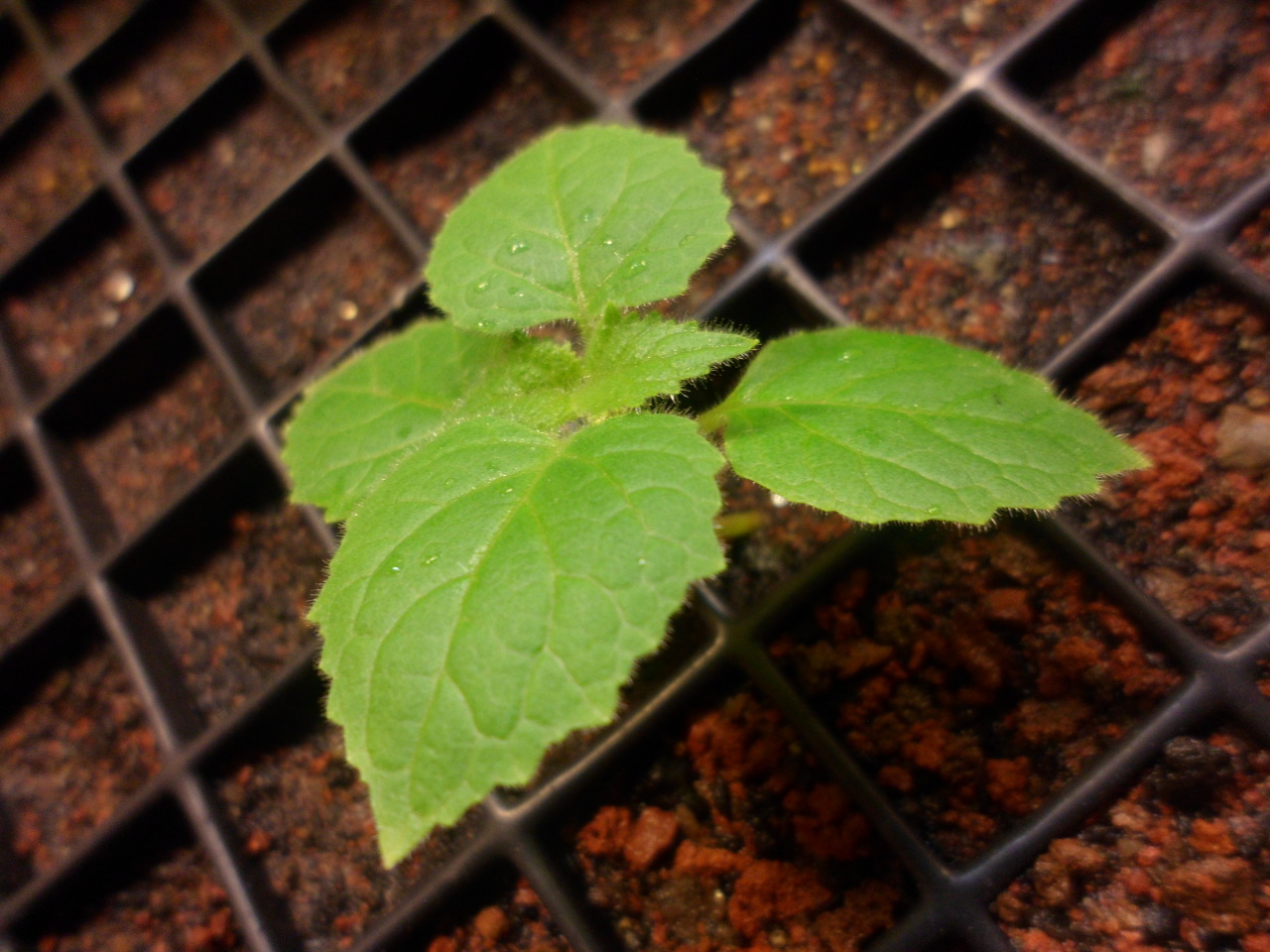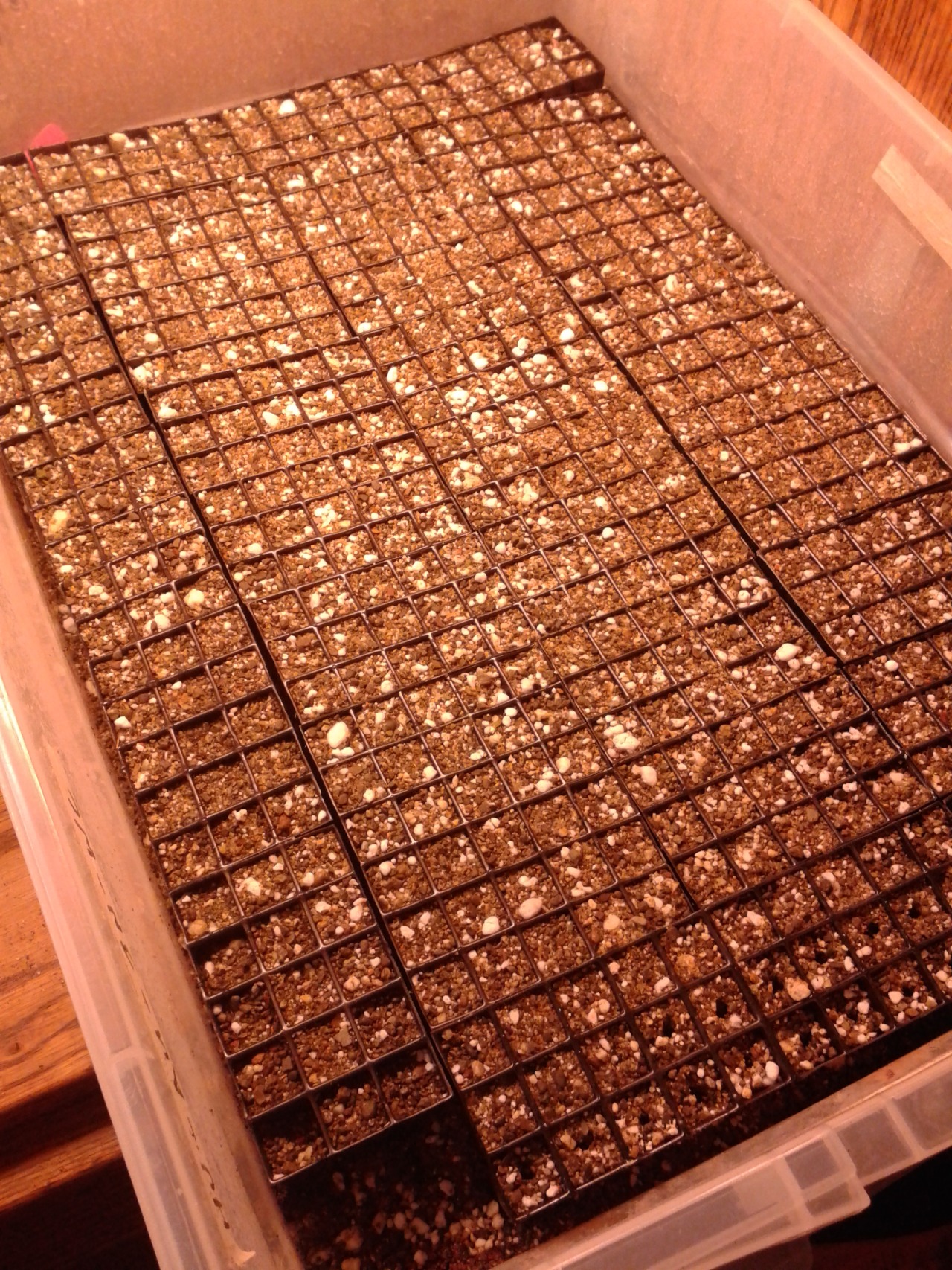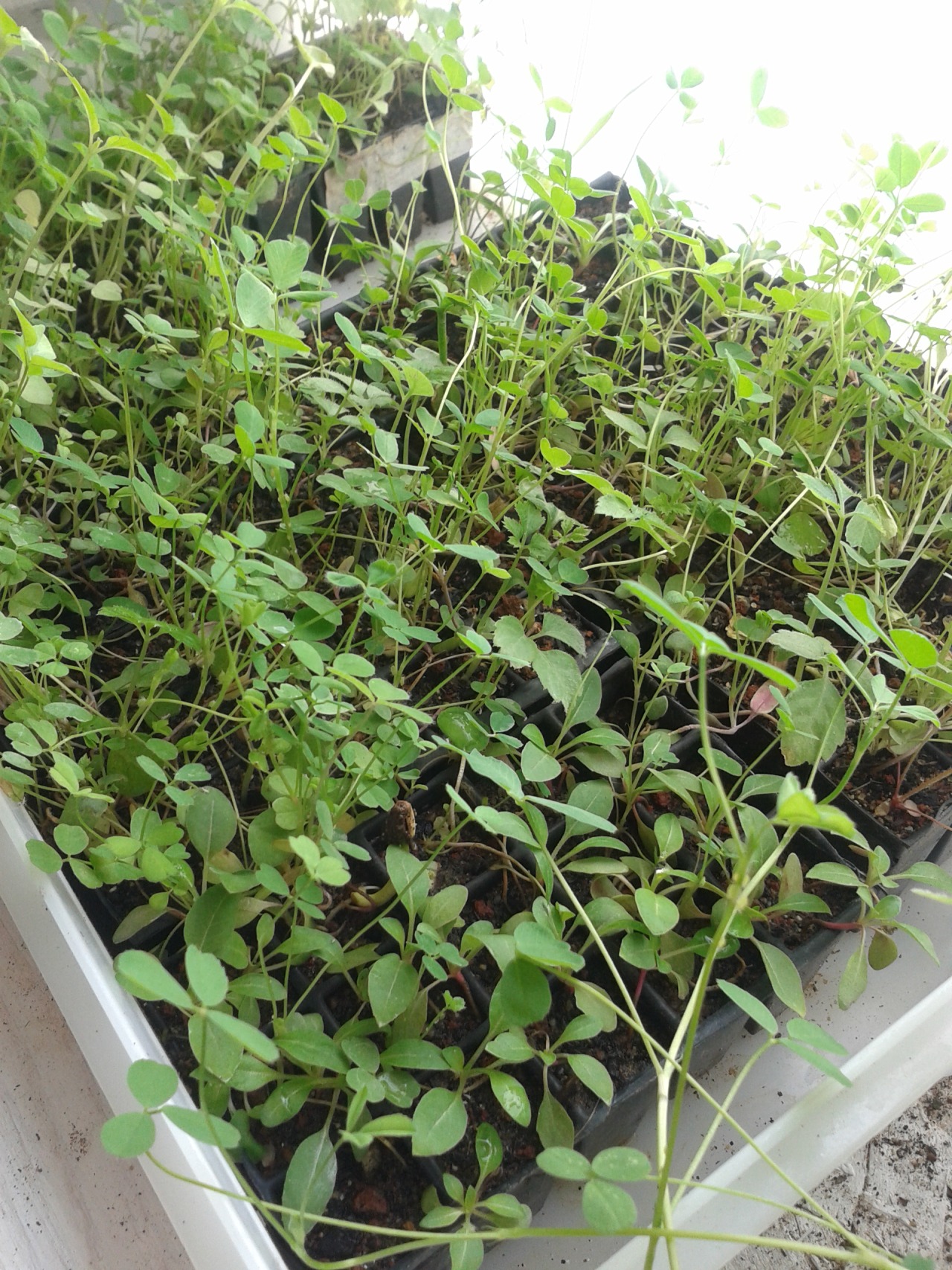Intercropping paulownia species is becoming more common, as they provide shade for plants that don't prefer direct sun while mitigating risk by offering alternative income sources.
European markets currently offer processed paulownia lumber for $14-28 per cubic foot. The value of the lumber can vary depending on the speed that the trees are allowed to grow. The faster that the tree is allowed to grow, the lower the density of the wood, which results in a lower quality lumber. Paulownia lumber is lightweight and has moderate structural integrity, making it useful for many things. It is also rot and insect resistant and dries without a kiln in the open air. Silica content of the wood is variable and can have a dulling effect on cutting tools.
Bark, branches and leaves can be pelletized for biomass energy production, or used as livestock fodder. Some sources claim that biomass energy production has the possibility of being the most profitable use for paulownia plantations. Current energy prices are low because of the proliferation of cheap petroleum on the markets, but that doesn't mean that it will stay low.
References:
- Paulownia Tomentosa - information packed article about tomentosa
- Paulownia information -
- Trees for life article - lots of information about markets etc.







